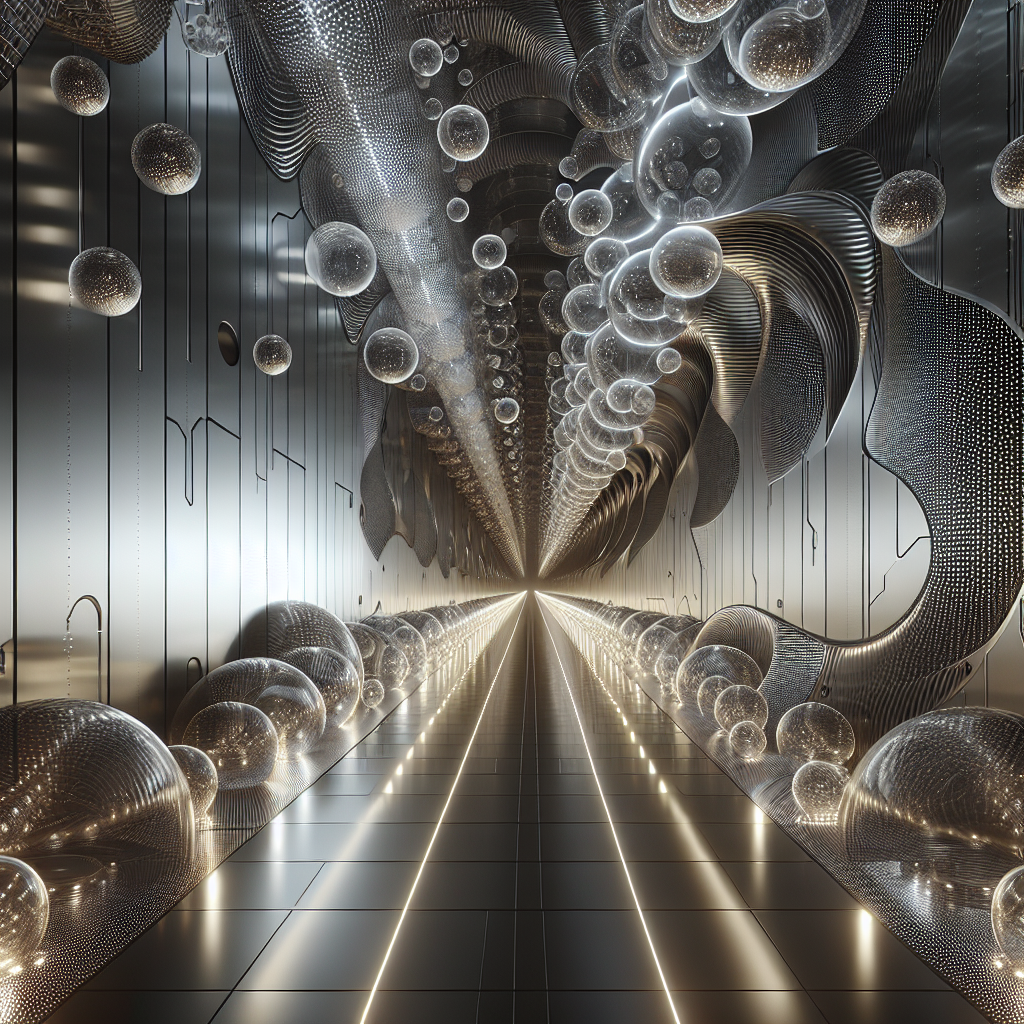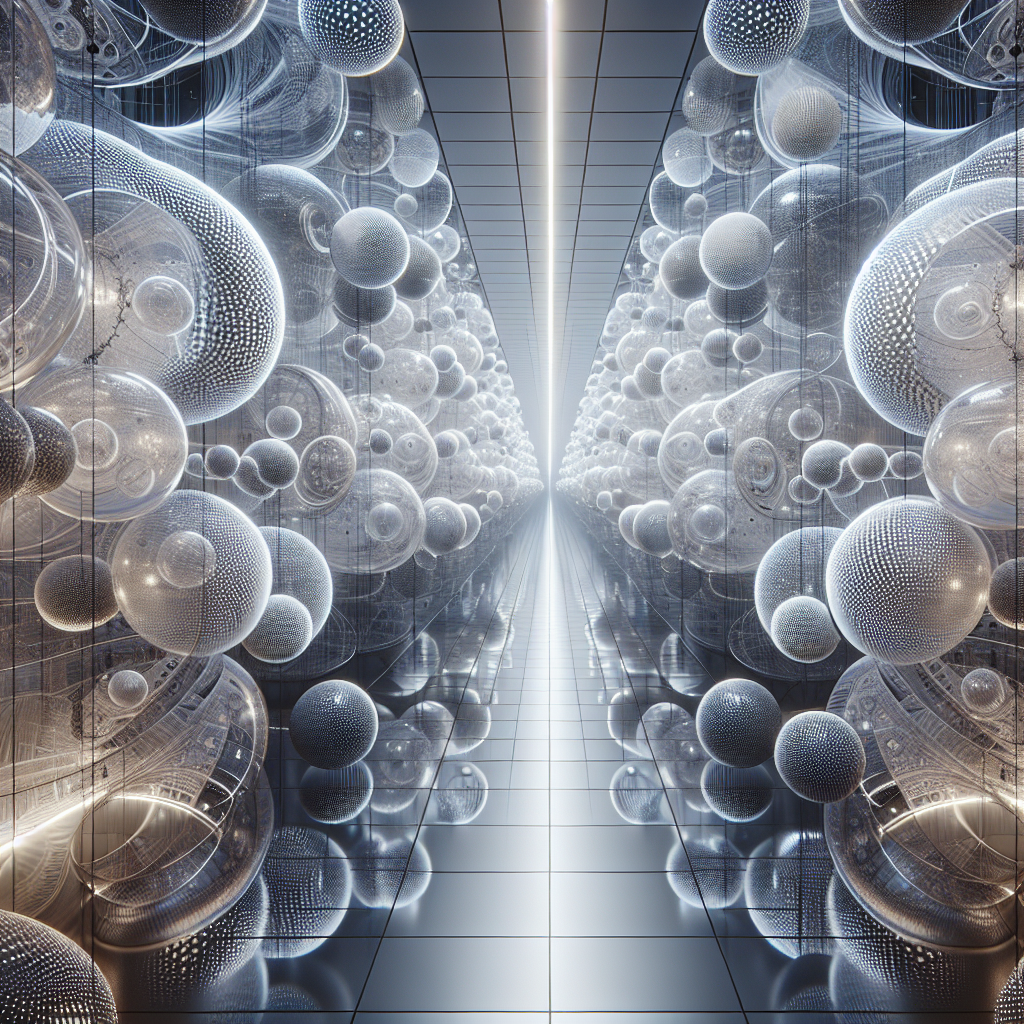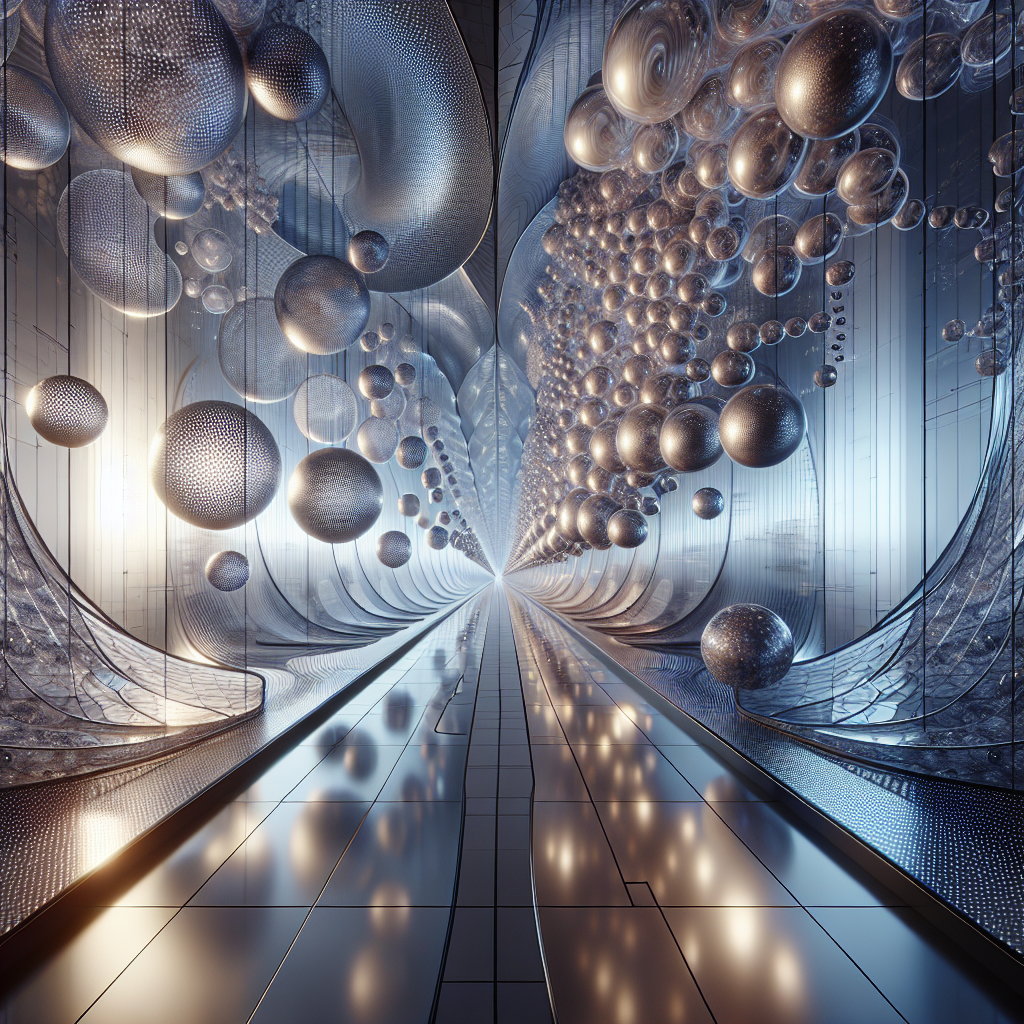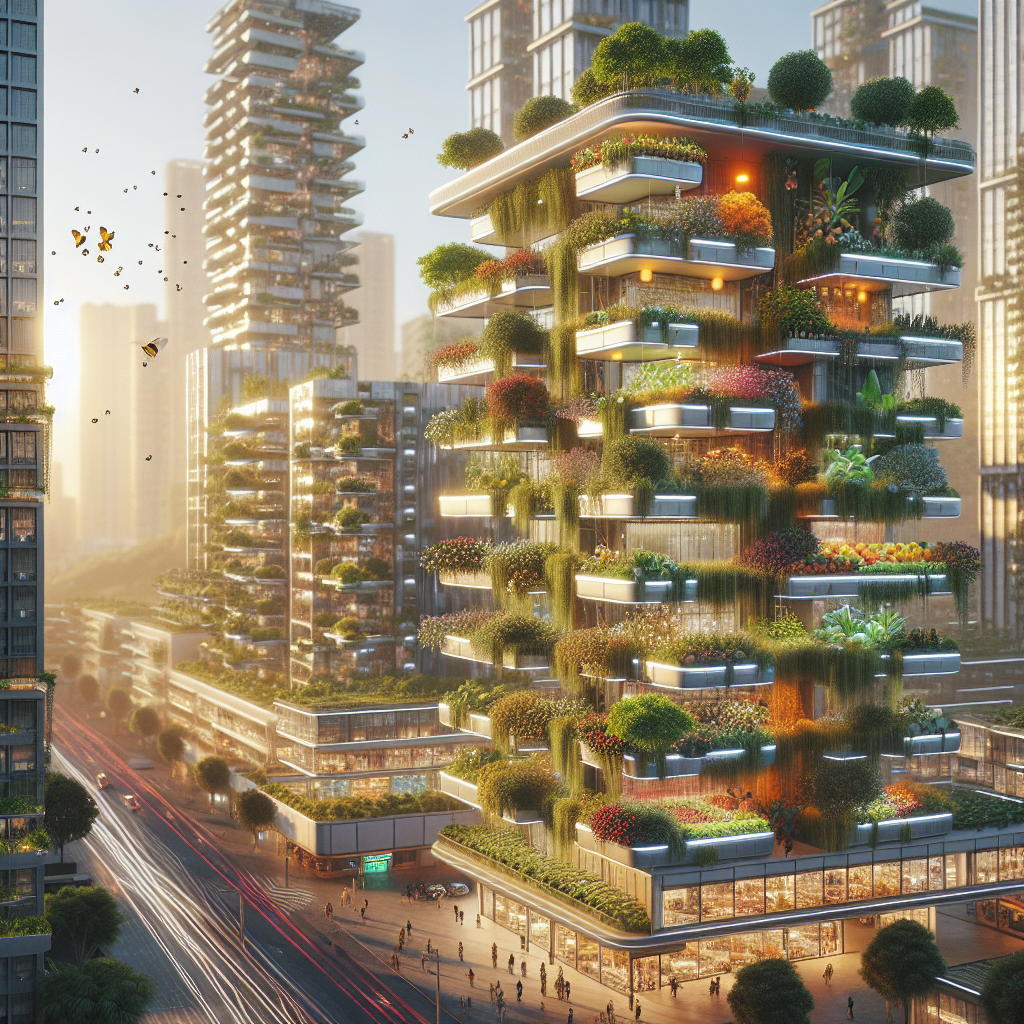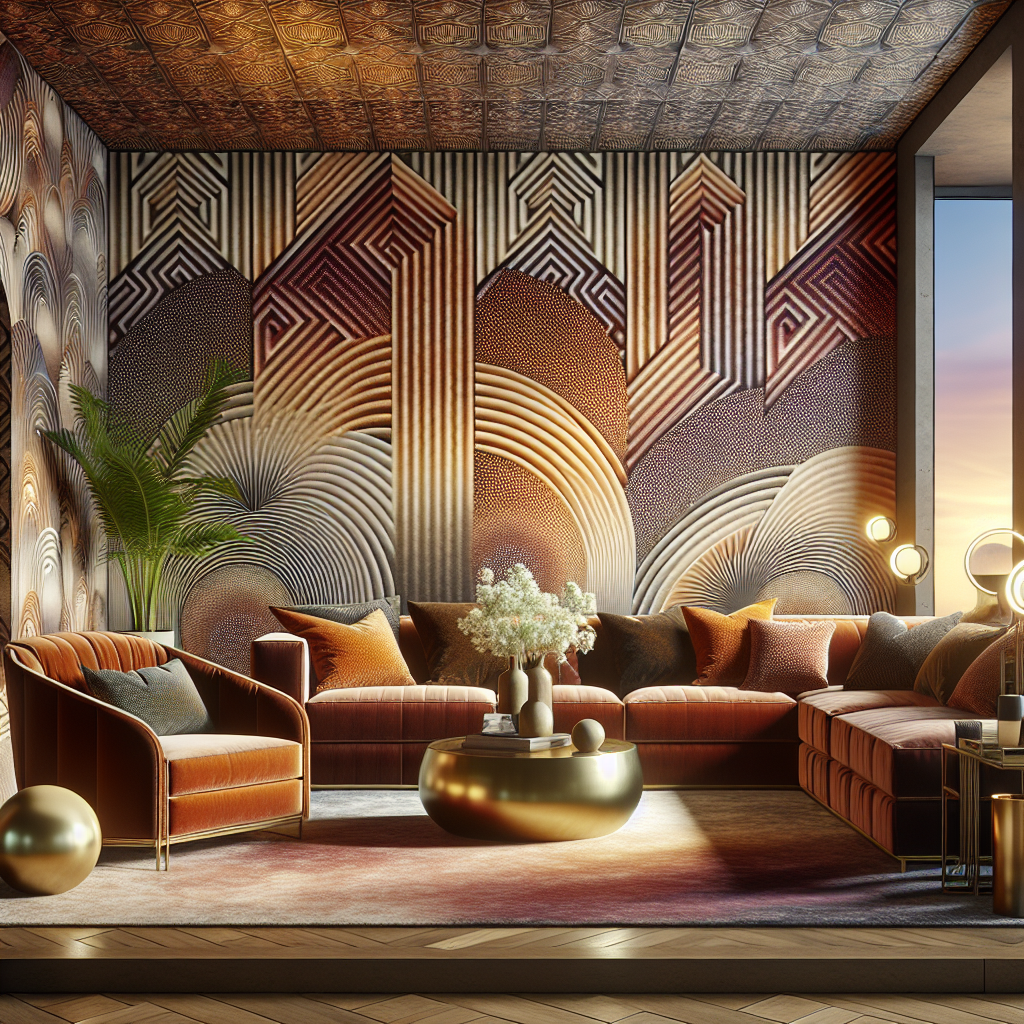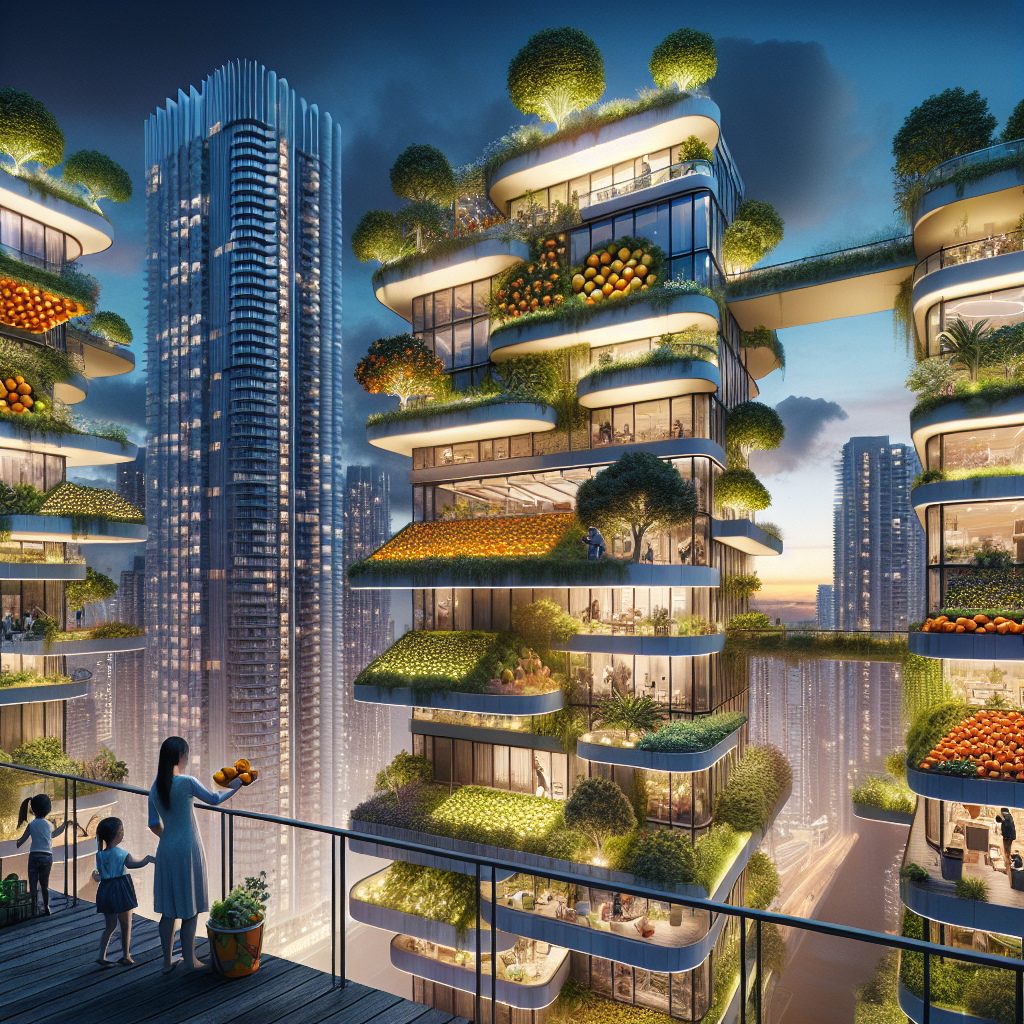Sonic bubble corridors: mesmerizing repetition in fractal architecture
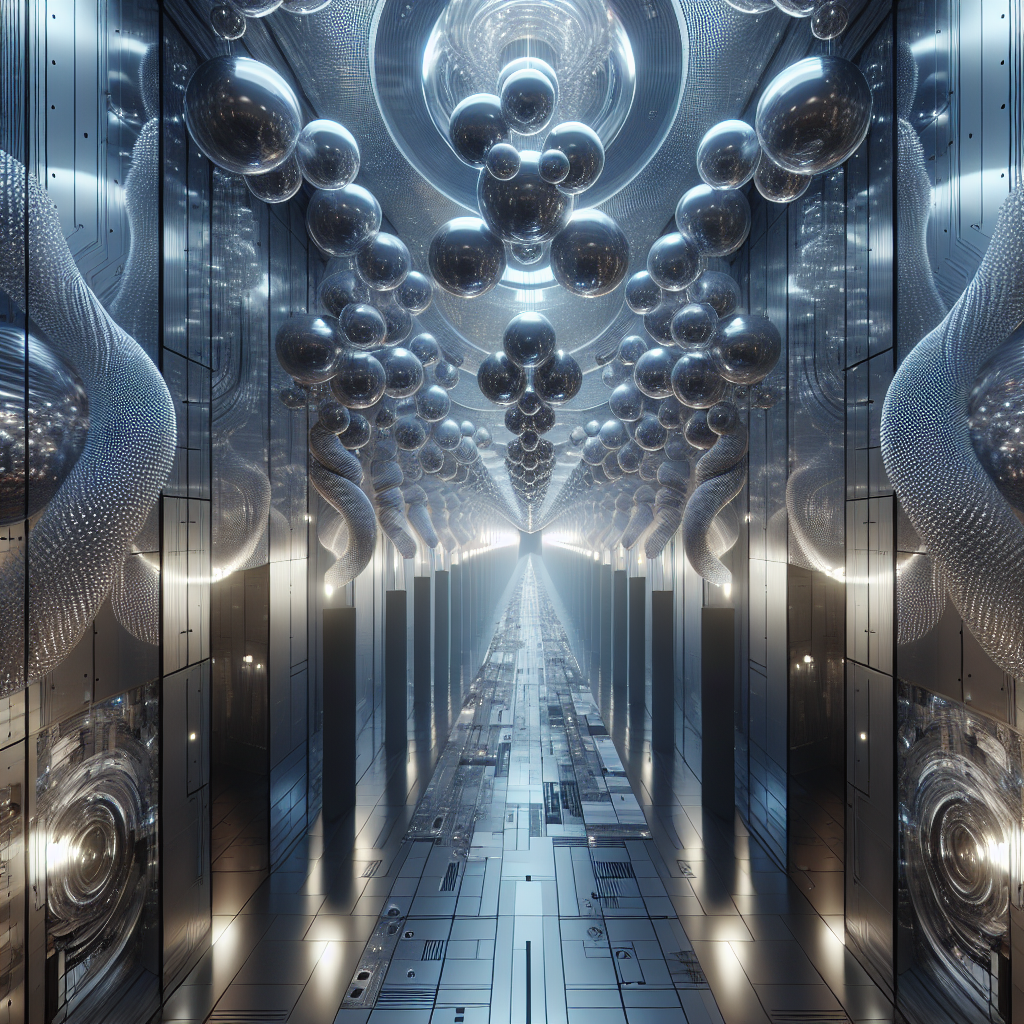
Sonic Bubble Corridors: Mesmerizing Repetition in Fractal Architecture
In the evolving lexicon of contemporary architecture, few concepts capture the imagination quite like sonic bubble corridors—spaces where geometry, acoustics, and perception converge into a symphony of repetition and resonance. These corridors, often characterized by fractal patterns and rhythmic spatial sequencing, represent a new frontier in fractal architecture, where sound and form are no longer separate disciplines but interwoven dimensions of human experience. Emerging at the intersection of digital design, acoustic engineering, and sensorial art, sonic bubble corridors invite occupants to move through architecture that seems to breathe, echo, and shimmer with its own harmonic logic.
The Rise of Fractal Architecture: A Geometry of Infinity
Fractal architecture, inspired by the self-replicating patterns found in nature—from fern leaves to snowflakes—has become a defining language of the 21st century’s most experimental structures. Rooted in the mathematical concept of fractals, these designs embrace recursive geometries that scale infinitely, producing both visual and spatial coherence. Architects such as Zaha Hadid and Bjarke Ingels have long explored fractal repetition as a means to achieve fluidity and organic complexity, but the latest generation of designers is pushing this further—integrating sound as a structural element rather than a byproduct.
In sonic bubble corridors, repetition is not merely aesthetic; it is performative. Each curve, aperture, and reflective surface is calibrated to shape the movement of sound waves. The result is a corridor that becomes a living instrument—one that amplifies whispers, diffuses footsteps, and orchestrates ambient tones that shift as occupants move through space. The experience is immersive, meditative, and profoundly architectural.
From Geometry to Resonance: The Science Behind Sonic Corridors
At the core of these designs lies a sophisticated understanding of acoustic geometry. Architects and sound engineers collaborate to map the propagation of sound through complex surfaces, often using parametric modeling tools to simulate how frequencies will behave within a given form. This approach parallels developments in sonic architecture, where rhythm and resonance are treated as design materials in their own right.
In practice, a sonic bubble corridor might consist of a series of semi-translucent spheres or “bubbles” suspended within a passageway. Each bubble is tuned to a specific frequency range, creating zones of auditory variation. As visitors traverse the corridor, they encounter a shifting landscape of sound—low hums blending into crystalline echoes, subtle reverberations dissolving into silence. The repetition of these acoustic bubbles produces a mesmerizing fractal rhythm, both spatially and sonically.
Recent studies in environmental acoustics have demonstrated that patterned repetition can significantly influence emotional and cognitive states. Much like the principles of biophilic design, which harness natural patterns to enhance well-being, fractal acoustics can induce calm, focus, or even creative stimulation. The corridor thus becomes not just a passage but a psychological landscape.
Case Studies: Where Sound Meets Structure
One of the most compelling examples of this emerging typology can be found in the Resonant Passage installation by the London-based studio Loopform. Composed of 128 mirrored acrylic spheres suspended in a helical formation, the corridor uses embedded transducers to emit low-frequency tones that modulate based on human proximity. As visitors move through, the soundscape evolves—creating a dialogue between body and space. The installation’s geometry, derived from a recursive fractal algorithm, ensures that no two reflections or echoes are identical, embodying the essence of infinite variation.
Similarly, in Tokyo’s Harmonic Atrium, architect Kengo Kuma has experimented with fractal acoustic panels made from perforated bamboo composites. The panels, arranged in recursive triangular patterns, diffuse sound in a way that mimics the acoustics of a forest canopy. The result is a sonic bubble corridor that feels both natural and futuristic—a delicate balance between technology and tradition, echoing the sustainable ethos seen in projects like wooden skyscrapers.
These examples highlight a broader shift in architectural thinking: sound is no longer treated as an afterthought but as a primary design parameter. The corridor becomes a narrative medium—one that tells its story through rhythm, repetition, and resonance.
Digital Craftsmanship: Parametric Tools and Algorithmic Soundscapes
The rise of parametric design has been instrumental in realizing the complexity of sonic bubble corridors. Using software such as Grasshopper and Rhino, architects can generate fractal geometries that respond dynamically to acoustic simulations. This computational precision allows for the creation of surfaces that both reflect and absorb sound in meticulously controlled ways.
These tools also enable the integration of interactive technologies. Sensors embedded within the corridor can detect motion, temperature, or even biometric data, triggering corresponding changes in sound frequency or lighting. The corridor thus becomes a responsive organism—an architectural symphony that adapts to its inhabitants. This concept resonates with the principles explored in responsive design, where adaptability and sensory feedback redefine spatial experience.
From a material standpoint, designers are experimenting with translucent resins, perforated metals, and recycled glass composites to enhance both acoustic performance and visual fluidity. The play of light through these materials—filtered, refracted, and multiplied—mirrors the repetition of sound, creating a unified sensory environment.
The Psychology of Repetition: Why Fractals Captivate the Human Mind
Humans are inherently drawn to repetition and pattern. According to research in cognitive neuroscience, fractal patterns align with the brain’s natural processing rhythms, eliciting feelings of harmony and familiarity. This explains why fractal repetition in architecture—whether visual or auditory—can evoke a sense of tranquility and wonder.
In sonic bubble corridors, this psychological resonance is amplified. The rhythmic repetition of sound waves mirrors the recursive geometry of the space, producing a multisensory coherence that feels almost meditative. The corridor becomes a kind of acoustic mandala—a space where perception loops back on itself, inviting reflection and stillness.
Such environments have found applications beyond art and exhibition spaces. In wellness architecture, for instance, fractal acoustics are being explored as tools for stress reduction and cognitive restoration. Hospitals, meditation centers, and even airports are beginning to integrate fractal soundscapes into their designs, aligning with the growing movement toward human-centered and sustainable architecture.
Future Horizons: Toward a Multisensory Urbanism
As cities become denser and more technologically integrated, the role of sound in shaping urban experience is gaining renewed attention. Sonic bubble corridors could soon find their place in public infrastructure—subway tunnels that hum in harmonic frequencies, pedestrian bridges that resonate with ambient tones, or museum hallways that translate movement into music. These spaces would not only redefine the aesthetics of circulation but also foster a deeper connection between people and their environments.
Moreover, the integration of fractal acoustics aligns with the broader trend toward multisensory design. By engaging sight, sound, and touch simultaneously, architects can craft experiences that transcend traditional boundaries between art, science, and architecture. In this sense, sonic bubble corridors are not just a design trend—they are a manifesto for a new kind of spatial consciousness, one that listens as much as it looks.
A Symphony of Space
To walk through a sonic bubble corridor is to experience architecture as music made tangible. The repetition of form and sound creates a rhythm that feels both infinite and intimate, echoing the fractal patterns that underlie nature itself. It is a poetic reminder that architecture, at its most profound, is not merely about walls and ceilings—it is about orchestrating sensations, harmonizing the physical and the ephemeral.
In an era where digital fabrication and sensory design are reshaping the built environment, the sonic bubble corridor stands as a symbol of possibility. It embodies the future of fractal architecture: immersive, responsive, and endlessly resonant.
As the boundaries between disciplines continue to dissolve, one truth remains clear—architecture has always been, and will always be, a form of music frozen in space. The sonic bubble corridor simply lets it sing again.
For further exploration of sound-integrated architecture, see related insights in sonic bubble installations and the evolving field of sonic corridor illusions.
